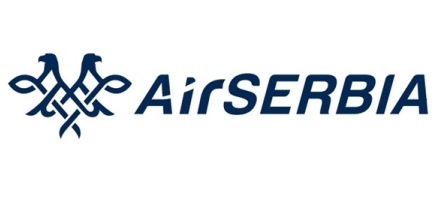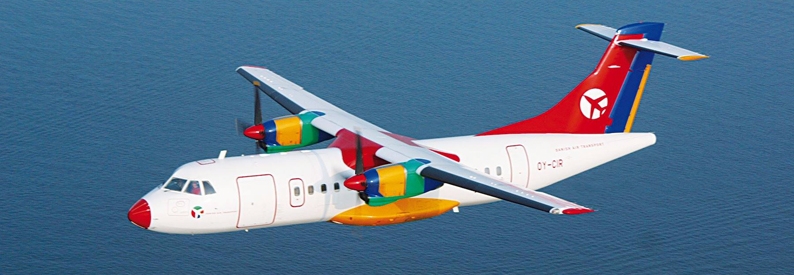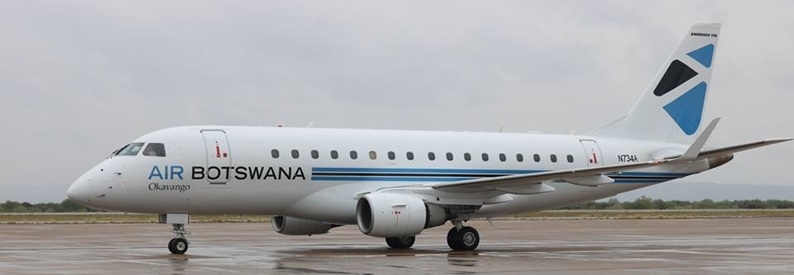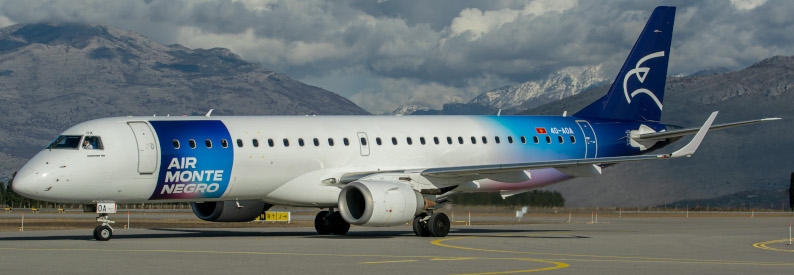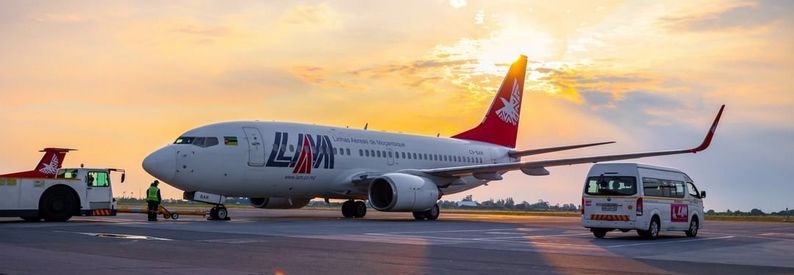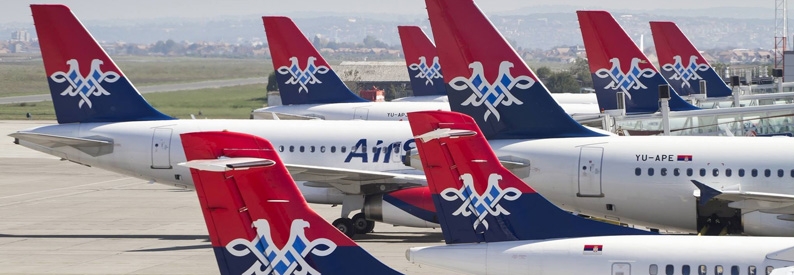Air Serbia (JU, Belgrade Nikola Tesla) is evaluating options to add large regional aircraft to bridge the gap between its fleet of ATR - Avions de Transport Régional turboprops and Airbus narrowbody jets, but does not see the A220 as a viable option, Chief Executive Jiri Marek told the Airways Magazine.
"We are looking into it, but not for the near future, maybe as a mid-term strategy. The A220 is an aircraft much in demand, ownership costs are high, so I do not see that happening, and there are also engine maintenance issues," Marek underlined.
He added that while Embraer aircraft could "be something to consider", Air Serbia was more interested in the proposed large turboprop aircraft rather than the E2 regional jets. However, the aircraft is still in the conceptual stage with the Brazilian manufacturer projecting service entry towards the end of the decade.
The ch-aviation Commercial Aviation Aircraft Data module shows that Air Serbia's existing regional fleet comprises five ATR72-600s, with a sixth unit of the type wet-leased from AirConnect (Bucharest Baneasa) and more planned. The carrier completed the retirement of its ATR72-500 with YU-ALU (msn 536) leaving the fleet on January 30, 2023. The last of its ATR72-200s, YU-ALP (msn 189), remains in service. Marek added that interim wet leases are a possible solution to add regional capacity in the short term.
With no regional jets, the carrier's narrowbody fleet comprises ten A319-100s and two A320-200s. Marek stressed that as its A319 leases expire, the airline will look to transition to A320s, although opportunistic deals are always a possibility.
"Due to volatile and dynamic lease markets, we will not be saying no to any opportunity for favourable conditions for either A319s or A320s. We are open to both [new and second-hand aircraft], but as a developing regional player, we will preferably capitalise on deals on the secondary market rather than heavily investing in new aircraft," Marek said.
He emphasised that due to the growing availability of A320-200Ns on the second-hand market, including some very young aircraft, Air Serbia may even add the new-generation aircraft.
Regarding its widebody fleet, Air Serbia plans to add a third A330-200 around mid-2023. Its current two active aircraft of the type are fully utilised with flights to New York JFK, Tianjin, and Chicago O'Hare. Marek said that while the Tianjin route was launched due to COVID restrictions on other destinations in China, Air Serbia was very happy with its performance and will keep it in its network.
"Our aim has always been Beijing and Shanghai Pudong but due to COVID restrictions and market access to China, our only viable option was Tianjin. [It] is a good secondary niche - it is just 30 minutes by high-speed rail from Beijing, it is a large cargo port, and it also has an Airbus plant... The market is changing rapidly as China has reduced restrictions and we are working on adding Beijing and Shanghai but will most likely keep Tianjin," the CEO explained.
Air Serbia technically remains the operator of another A330-200, YU-ARA (msn 973), transferred from the erstwhile investor and still passive minority shareholder Etihad Aviation Group. The aircraft has been parked for maintenance at Abu Dhabi International since April 2021 and will not be redelivered to Air Serbia.
- Type
- Base
- Aircraft
- Destinations
- Routes
- Daily Flights
